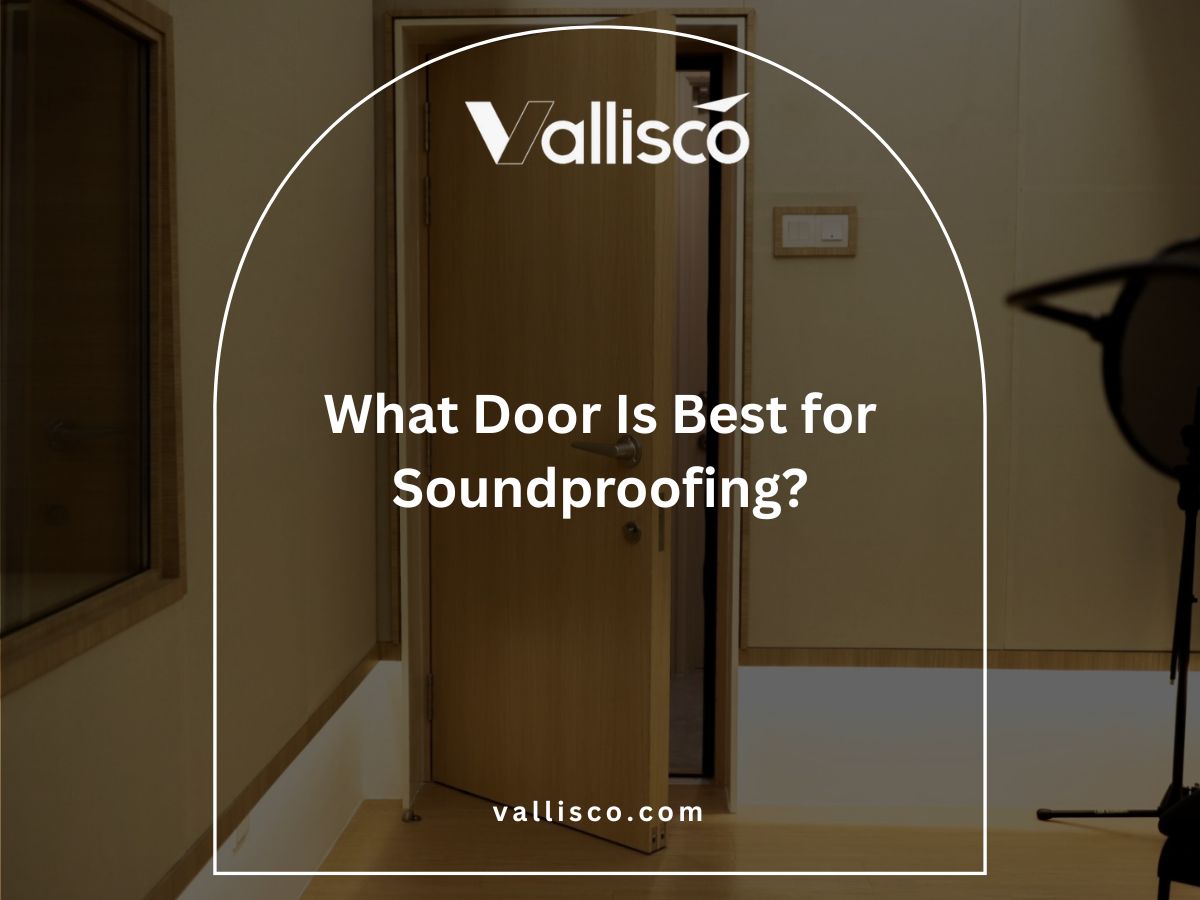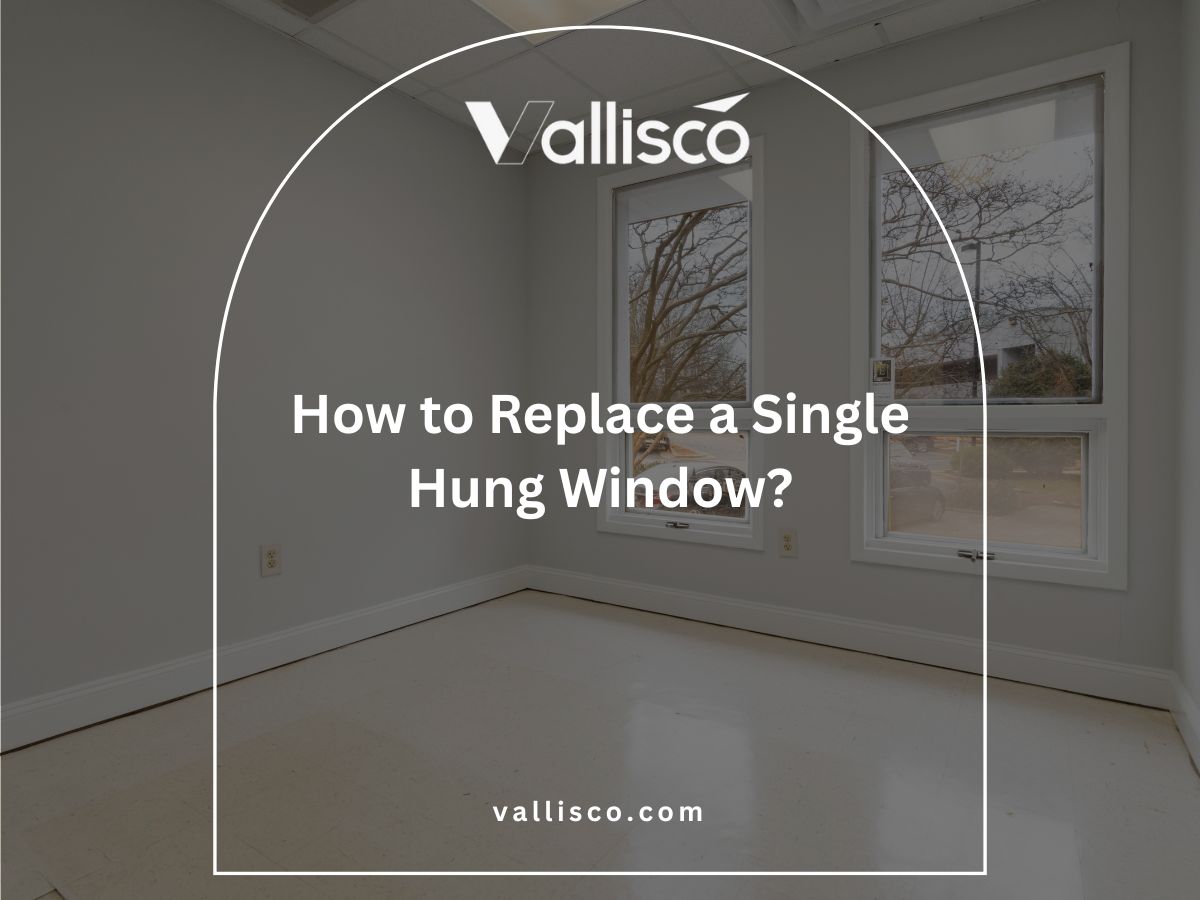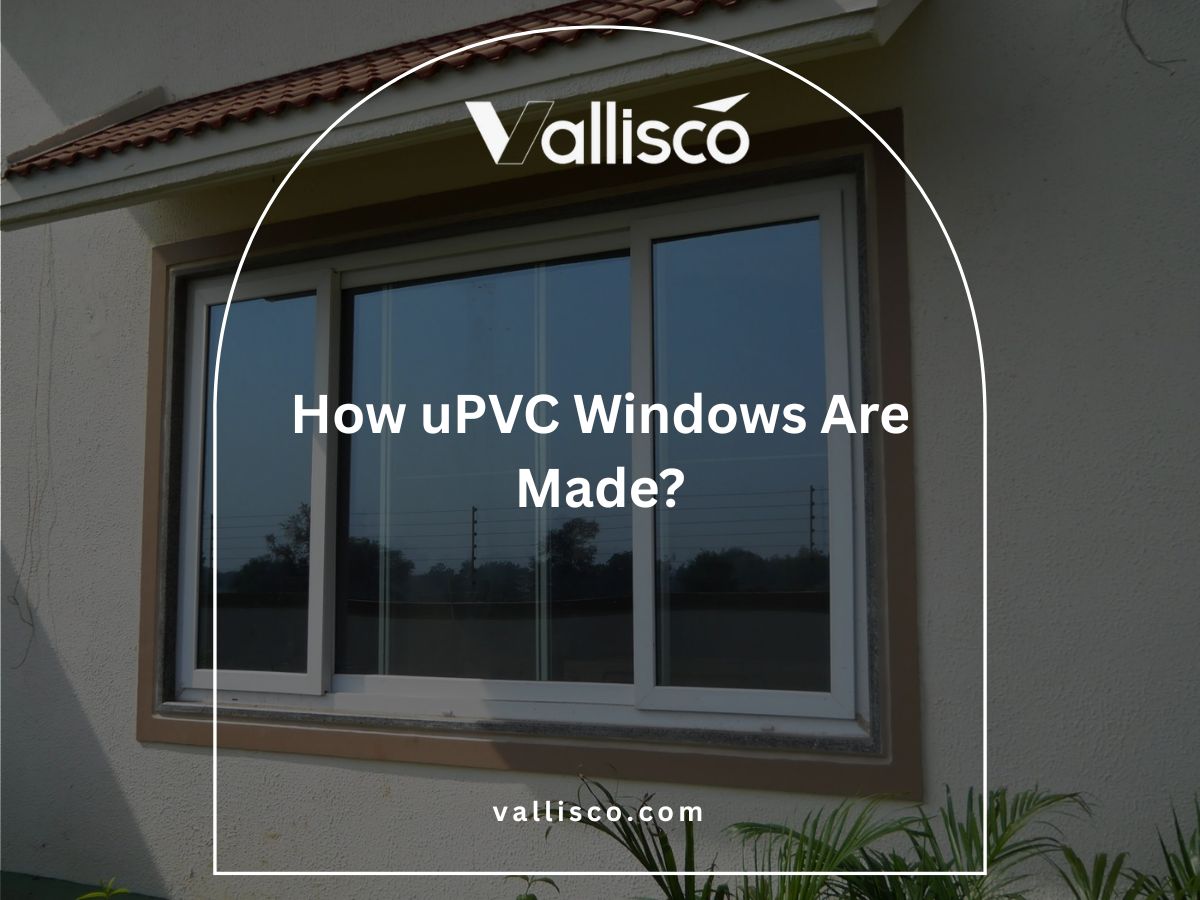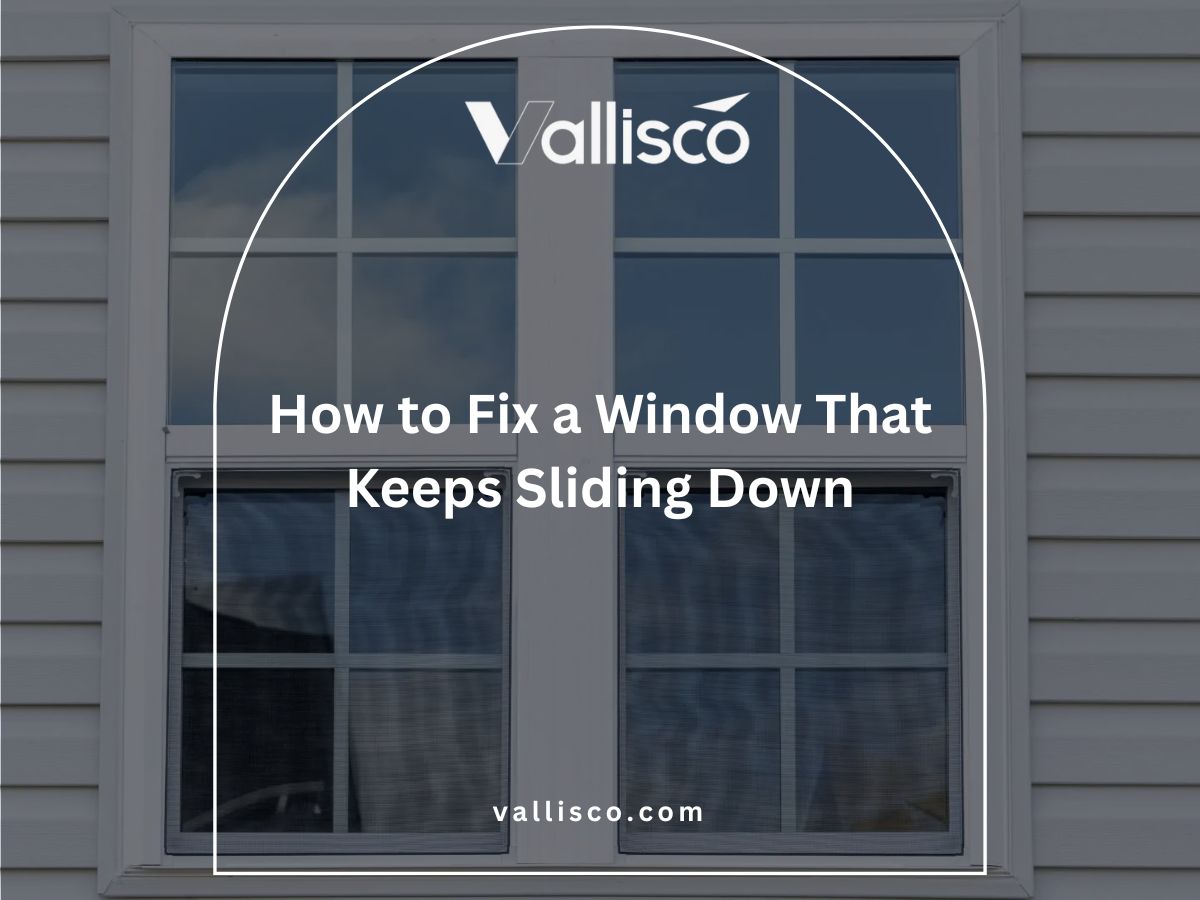“What should I choose, a pre-hung door or a slab door?” That’s the question I’ve heard on many project sites.
It’s a simple question, but the answer can change timelines and budgets.
I’ve been in the door and window supply business for years, working directly with engineering teams and contractors. I know how the wrong choice can delay schedules, and how the right one saves money.
In this article, I’ll explain what a pre-hung door is, what a slab door is, and where each one works best. By the end, you’ll know exactly which type fits your project needs.
So, which one do you think will save you more time?
So, let’s dive in!
Quick Comparison Chart
Before we get into the full details, here’s a quick comparison to help you understand the basics at a glance.
| Feature / Factor | Pre Hung Door | Slab Door |
| Airflow and Ventilation | Tight fit with less draft and better temperature control. | Depends on frame condition; can allow more airflow. |
| Installation Complexity | Faster to install, fewer adjustments, and basic tools needed. | More prep work, precise fitting, and higher skill required. |
| Moisture Resistance & Sealing | Built-in seals and tight fit, good for wet or humid areas. | Needs custom sealing; relies on frame condition. |
| Soundproofing and Privacy | Blocks noise well with factory fit and weatherstripping. | Needs tight fit and added seals for good noise control. |
| Design and Aesthetic Flexibility | Ready-made look; limited changes possible. | Can mix frames, finishes, and change door without new frame. |
| Ease of Cleaning and Maintenance | Easy to clean, stays aligned, less upkeep needed. | Depends on frame; easy to repaint or refinish. |
| Cost Considerations | Higher upfront cost but less labor time. | Lower purchase price but more labor costs. |
| Best For | Fast installs, new builds, and projects needing tight sealing. | Projects with good frames or needing custom design. |
Next, we’ll break down each point so you can decide what’s best for your project.
1. What is Pre Hung Door?
A pre-hung door comes with the frame, hinges, and sometimes even weather stripping already in place. I like to think of it as a door “ready to go” because it saves you from building the frame separately. For many projects, that’s the difference between a smooth install and days of extra work.
If you’ve ever managed a team on-site, you know how much time gets lost when details aren’t prepped. With pre-hung doors, your crew sets the entire unit into the rough opening, and it’s done. It’s straightforward, less hassle, and something you’ll appreciate when deadlines are tight.
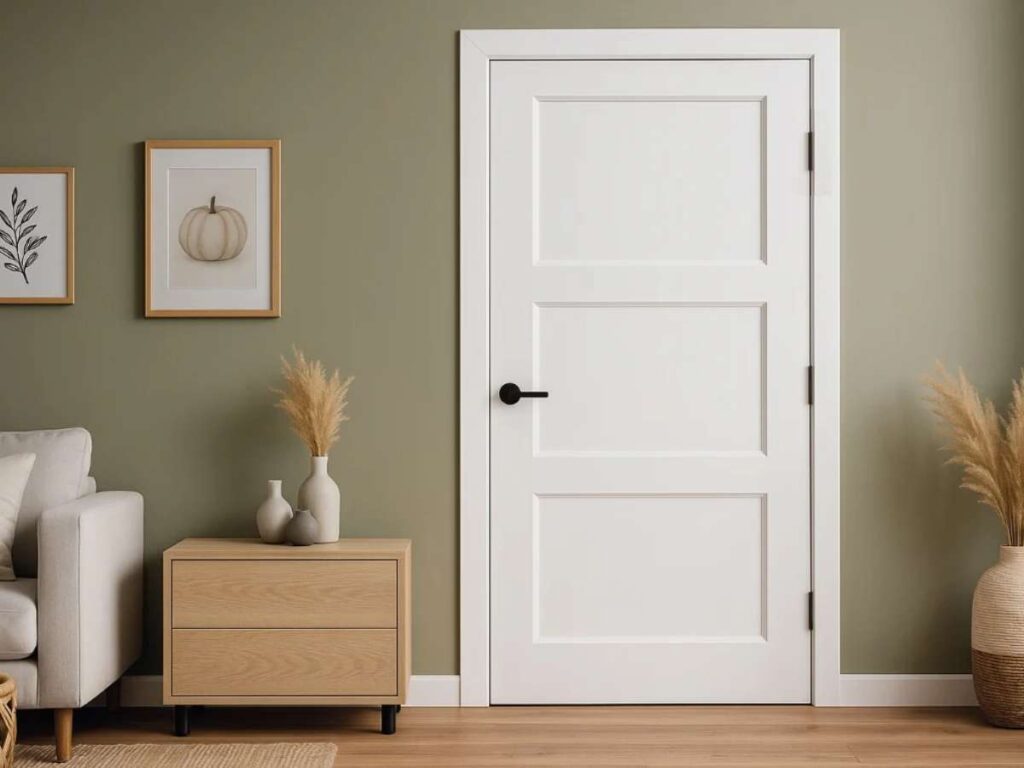
2. What is a Slab Door?
A slab door is simply the door itself. There is no frame, no hinges, and no hardware included. I’ve worked on projects where this was the right call, especially when the existing frame was still solid and didn’t need replacing. It gives you flexibility but also adds more work on-site.
If you or your team choose slab doors, you’ll need to handle the cutting for hardware, aligning hinges, and making sure it fits properly into the frame. I’ve seen crews spend extra hours here, but sometimes that effort is worth it if you want more control over the finish or need to match existing frames.

3. Airflow and Ventilation Control
When you’re choosing doors for a project, airflow often gets overlooked. But it matters for comfort, energy costs, and even meeting building standards. I’ve seen firsthand how the wrong door setup can make rooms drafty or costly to heat and cool. Here’s how pre-hung and slab doors compare.
Airflow Flexibility
- Pre Hung: These usually come with weather stripping and tight seals. That gives you better control over drafts and helps keep rooms stable in temperature. Great if your project needs reliable comfort, like in villas or hotels.
- Slab Door: Airflow depends on how well your crew installs and seals the frame. If there are gaps, air leaks become a problem. This option puts more responsibility on the installer for consistent results.
Energy and Comfort Control
- Pre Hung: With seals built in, pre-hung doors reduce energy loss and keep HVAC systems from working overtime. I’ve seen this save long-term costs, especially in larger buildings.
- Slab Door: Performance varies because it’s all about the fit. Done well, it works fine. Done poorly, and you’ll notice drafts and higher bills.
Takeaway
If airflow and comfort are a big deal for your project, pre-hung doors have the edge because they’re sealed right from the start. Slab doors can still work, but you’ll need skilled installers and extra attention to detail to get the same results.
4. Installation Complexity
One thing I’ve learned in this business is that not all doors are equal when it comes to installation. Some can be set in place quickly, while others demand extra time and attention. If you’ve ever managed a busy project, you know how much these details can affect the schedule and your crew’s workload.
Time and Labor
- Pre Hung: Installation is quicker since the frame, hinges, and door come as one unit. Your crew sets it in place, squares it, and secures it. This can cut hours off the schedule for larger jobs.
- Slab Door: Takes more time because you need to cut hinges, handles, and hardware. If the existing frame isn’t square, expect even more labor.
Skill Requirements
- Pre Hung: Easier for crews with mixed experience levels. The factory prep does most of the technical work, so less skill is required on-site.
- Slab Door: Demands skilled carpentry. Less experienced workers may struggle with alignment and hardware prep, which can slow progress.
Takeaway
Pre-hung doors make sense if your goal is speed and consistency across a project. They help reduce delays and simplify the workload. Slab doors are a good fit when you already have strong frames and a skilled team that can handle the extra steps.
5. Moisture Resistance & Sealing
I can’t count how many times moisture problems came up after installation. Doors that weren’t sealed right ended up swelling, warping, or letting in drafts. If your projects are in humid areas or near coastal weather, you already know how big this issue can be. Here’s how pre-hung and slab doors differ:
Factory Sealing
- Pre Hung: Often comes with weather stripping or seals already attached. That means stronger protection against moisture from the start. Vallisco’s pre-hung doors are a good example, shipped with seals that cut down on moisture problems before they even start.
- Slab Door: Does not include sealing, so your team has to fit and finish it carefully. Miss one small gap, and moisture will find its way in.
Durability in Wet Conditions
- Pre Hung: Less risk of warping since the door and frame are fitted as a unit. The consistent sealing helps the door last longer in wet or humid environments.
- Slab Door: Performance depends entirely on the frame and the installation. If the frame is older or exposed, moisture can creep in and shorten the door’s lifespan.
Takeaway
Pre-hung doors give you a head start when it comes to moisture resistance, which can save you headaches down the line. Slab doors can still perform well, but only if your team takes the time to seal them properly. If your project is in a damp or high-humidity environment, I’d say pre-hung doors are usually the safer bet.
6. Soundproofing and Privacy
One thing I always pay attention to is how well a door blocks sound. In hotels, offices, and even villas, poor soundproofing can quickly lead to complaints. Privacy is just as important as looks, so the type of door you choose makes a real difference.
Noise Control
- Pre Hung: With the frame and seals included, these doors provide stronger noise reduction between rooms. That makes them ideal for commercial projects where comfort matters.
- Slab Door: Noise control varies depending on the condition of the frame and how carefully it’s fitted. Even small gaps can carry unwanted sound.
Privacy Levels
- Pre Hung: The tighter fit and factory sealing help maintain privacy. They’re a reliable option for projects where confidential conversations or quiet spaces are expected.
- Slab Door: Privacy depends on precise installation and the quality of the existing frame. A strong frame and good sealing can achieve solid results, but anything less leaves room for sound leakage.
Takeaway
Pre-hung doors stand out when privacy and sound control are high priorities. They come ready to reduce noise and create dependable separation between rooms. Slab doors can deliver similar performance, but only if the frame is solid and the installation is handled with care.

7. Design and Aesthetic Flexibility
Design often becomes the deciding factor once function and budget are covered. Some projects call for a consistent look across every unit, while others require doors that can be customized to fit existing interiors. The type of door you choose plays a big role in how much flexibility you’ll have.
Customization Options
- Pre Hung: Limited flexibility since the frame and door come as a set. You’re generally tied to the style, material, and finish provided by the manufacturer. This works well if you want speed and consistency across a large project.
- Slab Door: Offers far more freedom. You can choose the style, finish, and hardware to match existing interiors. It’s a solid option when design is a priority over speed.
Project Consistency
- Pre Hung: Great for projects that need a uniform look. Hotels and housing developments often prefer this route because every door matches straight from the factory.
- Slab Door: Better suited for renovations or mixed-use buildings where you need to match different designs. The flexibility makes it easier to fit into varied aesthetics.
Takeaway
Pre-hung doors are ideal when you want a consistent style across an entire project without extra decisions. Slab doors give you the creative freedom to match existing interiors or create something more custom. The choice really comes down to whether your focus is uniformity and speed or design flexibility.
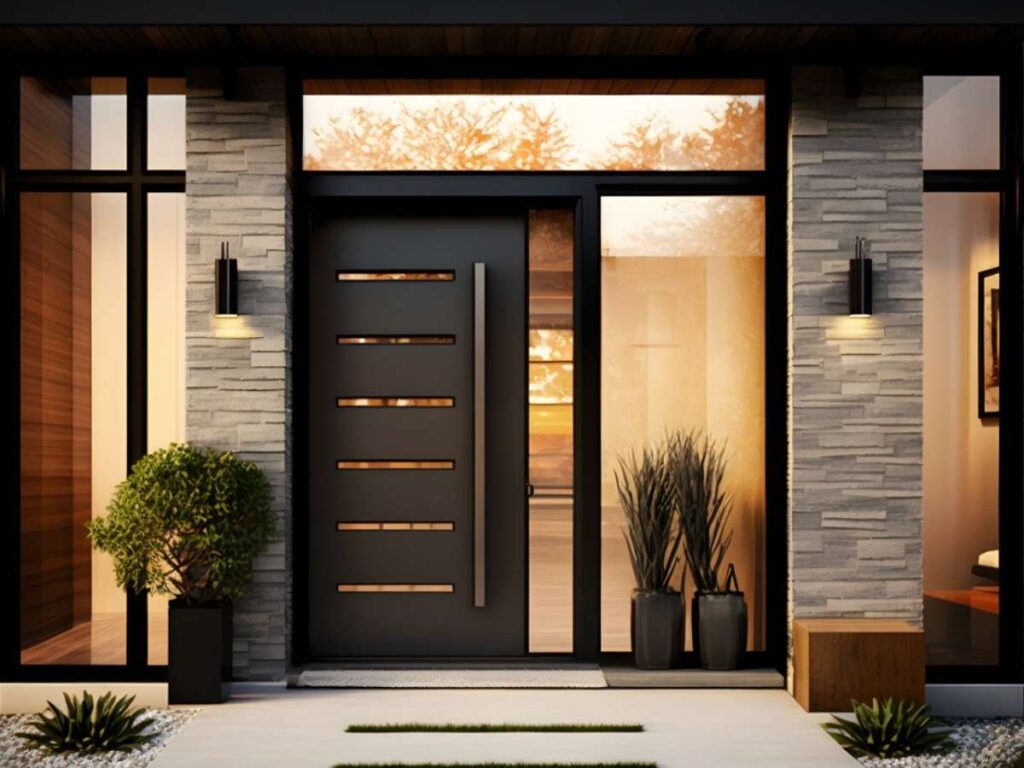
8. Ease of Cleaning and Maintenance
Maintenance is one of those things that often gets overlooked at the start of a project. But once doors are installed, you and your client will live with how easy or hard they are to care for. The difference between pre-hung and slab doors shows up here too.
Cleaning Needs
- Pre Hung: Since the frame and door come as a set, you get a tight fit with fewer gaps. That means less dust or debris building up over time, which makes cleaning simpler.
- Slab Door: More dependent on the existing frame. If the frame isn’t perfectly aligned, you may deal with gaps that collect dirt, requiring more upkeep.
Long-Term Maintenance
- Pre Hung: With factory-fitted seals and parts, maintenance is often easier. Hardware fits correctly from the start, reducing adjustments later on.
- Slab Door: Because it’s fitted into an existing frame, ongoing adjustments are more common. Hinges and locks may need fine-tuning as the frame shifts or wears.
Takeaway
I find pre-hung doors to be the easier option when it comes to cleaning and long-term care. They’re set up right from the start, which means fewer problems later. Slab doors can still do the job, but you’ll want to plan for extra adjustments as time goes on.

9. Cost Considerations
I always pay close attention to cost because it’s usually the first thing clients bring up. The type of door you choose doesn’t just affect the upfront price, it also changes labor costs and long-term value. Here’s how pre-hung and slab doors compare.
Upfront Costs
- Pre Hung: More expensive upfront since you’re buying the full unit, door, frame, hinges, and seals. But these doors can be very cost-effective, especially when made by a reputable manufacturer like Vallisco. Their doors are built to save you time during installation and reduce the risk of costly project delays.
- Slab Door: Usually cheaper at first since you’re only buying the door itself. This makes it attractive for projects with a tighter budget or when you’re reusing existing frames.
Installation and Long-Term Costs
- Pre Hung: Saves money on labor since installation is faster and requires less skilled work. Fewer mistakes during fitting can also cut down on future repair costs.
- Slab Door: Installation adds to the total cost. Skilled labor is often needed to fit the door correctly, and over time adjustments may add more expense.
Takeaway
Pre-hung doors can seem more expensive upfront, but the savings in labor and fewer call-backs often balance it out. Slab doors can work well if your budget is tight, but remember that extra labor and long-term adjustments may eat into those savings.
10. 3 Tips To Consider When Choosing Between Pre Hung and Slab Door
I’ve learned that choosing the right door is rarely about just one factor. Cost, time, and project goals all play a role. If you’re weighing pre-hung against slab doors, here are a few practical tips to guide your choice.
Tip#1 Think About Project Scale
On large projects, like hotels or residential blocks, pre-hung doors often make more sense. They speed up installation and help maintain a uniform look across dozens or even hundreds of units.
Slab doors can slow you down because each one requires more prep and skill to install. I’d say if speed and consistency are your top priorities, pre-hung doors will save you headaches.
Tip#2 Look at Existing Frames
If your project involves renovation or retrofitting, slab doors can be a smart choice. They let you reuse frames that are still in good shape, which cuts down on waste and cost.
The challenge is making sure the frames are square and solid enough to support the new slab. I always recommend having your team inspect every frame before making the call.
Tip#3 Balance Budget and Long-Term Value
It’s tempting to focus only on upfront cost, but I’ve seen how that can backfire later. A cheaper slab door can lead to higher labor expenses and adjustments down the road.
Pre-hung doors may cost more initially, but they often reduce installation time and maintenance issues. In the long run, you’ll want to weigh purchase price against the total cost of ownership.
Conclusion
Remember the question we began with? Choosing between a pre-hung and a slab door can change your schedule and costs.
You now know where each one shines. Every project has its own needs, but having the right supplier makes all the difference.
Don’t leave your next project to chance. Get the right door the first time.
Contact Vallisco today for the right doors, expert installation advice, and trusted service!
Explore Related Resources
Want to see more? We’ve gathered additional product choices to give you even more variety:
Still haven’t found what you’re looking for? Don’t hesitate to contact us. We’re available around the clock to assist you.



